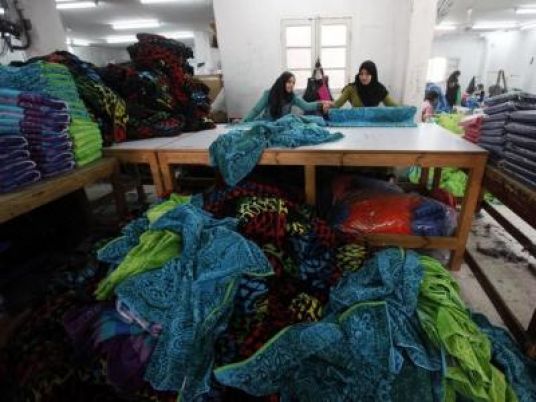
Some 6.83 million couples married in 2022, according to data released by China’s Ministry of Civil Affairs on Friday. That’s down around 10.5% from the 7.63 million marriage registrations in 2021 and marks a record low since 1986, when the ministry began releasing statistics, according to state media.
The data represents marriage during what was an unusually challenging year for people in China, as the government’s stringent Covid-19 controls saw multiple cities and districts across the country locked down and daily life disrupted by a host of restrictions.
But it also extends what has been a steady decline in people choosing to enter into marriages since a 2013 peak, when more than 13 million couples tied the knot – nearly double the 2022 nuptials.
Falling numbers of marriages – and a marked decline in births – have garnered significant attention from authorities in Beijing amid expert predictions of a severe economic impact from a shrinking workforce and aging population.
China’s population shrank in 2022 for the first time in more than 60 years, with just 6.77 births per 1,000 people – the lowest level since the founding of Communist China in 1949. The country is now the world’s second most populous with its 1.4 billion people falling behind India, according to the United Nations.
Chinese officials see a direct link between fewer marriages and falling births in the country, where social norms and government regulations make it challenging for unmarried couples to have children.
Authorities have taken steps to try and reverse the decline, which comes amid financial pressures impacting China’s young adults, including high unemployment and the rising cost of living.
A sweeping crackdown by the ruling Communist Party on private industries from tech to education, as well as zero-Covid controls during the pandemic, have amplified these challenges.
The party’s stringent response to Covid-19 also crystallized simmering political frustrations among some young people, with the catchphrase, “We are the last generation” – a refusal to bear children into the rigidly controlled Chinese state – becoming a rallying cry during Shanghai’s punishing two-month lockdown last spring.
Changing gender norms and expanding career opportunities for women, as in other places in the world, are also widely seen as driving the marriage age higher and impacting attitudes about the institution.
That attitude shift is especially apparent among younger women, some of whom are growing disillusioned with marriage for its role in entrenching gender inequality, experts say.
A report on the new statistics in the state-run Global Times on Monday pointed to the rising marriage age, declining number of young people overall in China and the country’s gender imbalance as factors contributing to the latest decline, citing independent demographer He Yafu.
The average marriage age for first marriages was 28.67 years old in 2020, up from 24.89 years old a decade prior, according to census data.
Efforts from Chinese officials in recent years to reverse trends of falling marriages and births have yet to see results amid the looming economic and social issues at play.
Measures have included relaxing the sweeping policy that for decades controlled the number of children married couples could have, as well as attempting to find ways to incentivize childbirth and marriage.
When it comes to marriage, these have ranged from mass blind dating events held by the Communist Youth League – the party’s youth branch – to officials seeking to reduce the value of “bride price,” the amount paid to a prospective partner’s family that the government has suggested could be a barrier to marriage in rural China, where it’s more common.
Last month, the government-affiliated China Family Planning Association extended a 2022 pilot program advocating “a new concept of marriage and childbearing.”
The program – which was rolled out to 20 cities or municipal-level districts last year, with another 20 localities added this year – focuses on motivating young people to get married at a “proper age” and encouraging couples to share child-rearing responsibilities, officials have said.
The Ministry of Civil Affairs’ recent data release also showed a slight fall in divorce registrations, with 2.1 million couples divorced in 2022, down from 2.13 million couples the previous year.
China has mandated a 30-day “cooling-off” period for people filing for divorce since 2021, despite criticism that it could make it harder for women to leave broken or even abusive marriages.
China isn’t the only country facing the problem of falling birth rates and shrinking populations. In recent years, Japan and South Korea have also introduced measures to encourage births – such as financial incentives, cash vouchers, housing subsidies and more child care support – with limited success.




